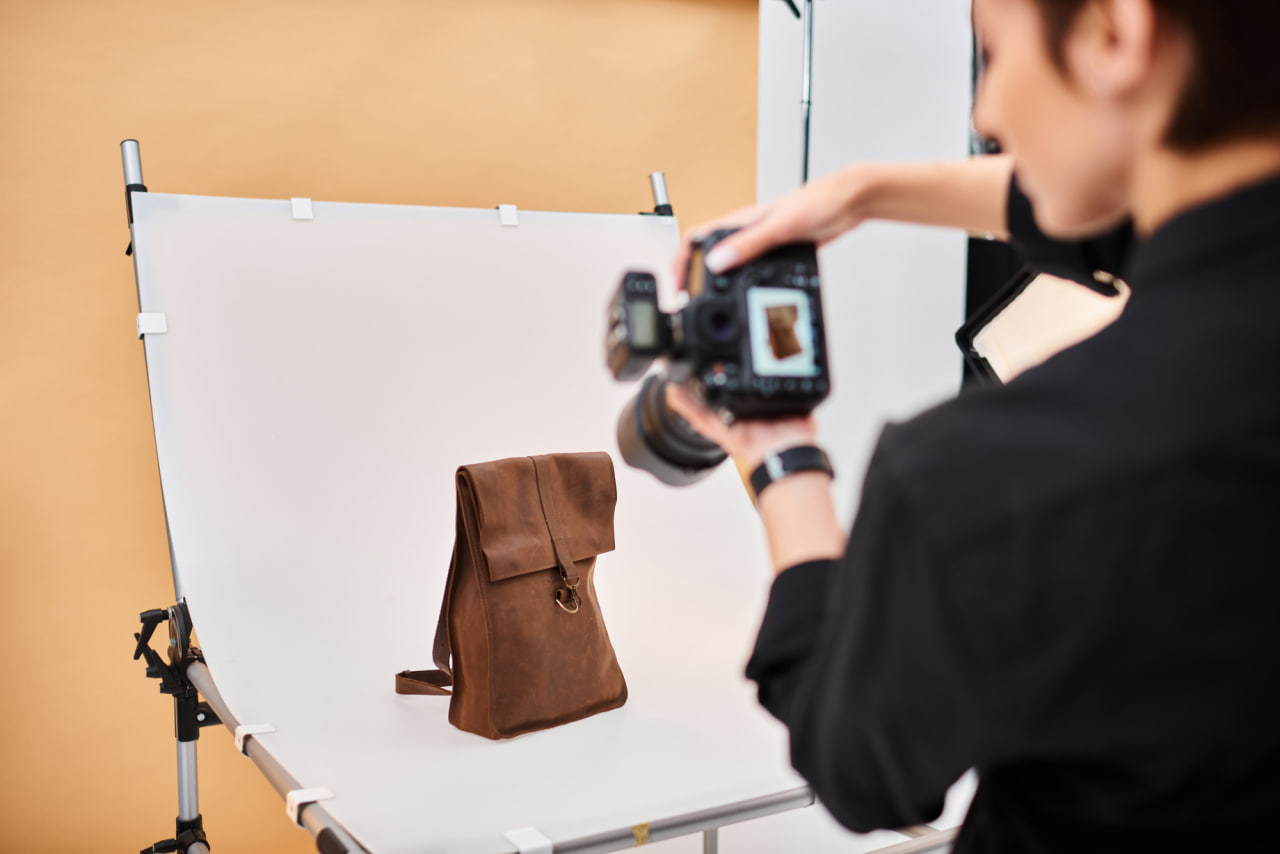How to Develop Your Unique Style in Bag Design
Creating a unique style in bag design is one of the most rewarding and important aspects of being a bag maker. Your style is what sets you apart from others, reflects your creativity, and resonates with your audience. Developing a signature look takes time, exploration, and intentionality. This blog will guide you through practical steps and inspiring ideas to help you discover and refine your unique style in bag design.
Understanding What Style Means in Bag Design
Style in bag design encompasses everything from shapes, materials, colors, and hardware choices to stitching techniques and decorative elements. It’s the combination of these factors that gives your bags a distinct personality. Developing a unique style means creating designs that are recognizable and meaningful, representing your vision and values as a maker.
Explore and Experiment Widely
The first step to finding your unique style is exploration. Try different design approaches, materials, and techniques without pressure. Experiment with various leather types, fabrics, hardware, and embellishments. Play with shapes, sizes, and closures to see what feels natural and exciting to you.
Don’t hesitate to try bold or unconventional ideas—sometimes innovation comes from breaking the rules. Document your experiments through sketches, prototypes, or photos to track what resonates most.
Draw Inspiration From Multiple Sources
Inspiration can come from many places beyond just the world of bag making. Look at fashion, architecture, nature, art, and even cultures around the world. Notice patterns, colors, and forms that attract you. Visit galleries, read design books, follow artists on social media, and observe everyday objects with fresh eyes.
Create an inspiration board or digital folder to collect images, textures, and ideas that speak to you. Over time, you’ll notice recurring themes that hint at your developing style.
Identify Your Core Values and Story
Your unique style often reflects your personal story and values. Consider what messages you want your bags to convey. Do you prioritize sustainability, craftsmanship, minimalism, or luxury? Are your designs inspired by heritage, innovation, or functionality?
Clarifying your values will guide your material choices, design decisions, and branding. A strong narrative adds depth to your style and connects emotionally with customers.
Master Your Craft and Techniques
Developing a unique style requires strong technical skills. The better you understand your materials and techniques, the more confidently you can innovate and personalize your designs. Whether it’s hand stitching, cutting patterns, or hardware selection, honing your craftsmanship allows your style to shine without compromise.
Practice consistently, learn from mistakes, and seek feedback from peers or mentors. Consider taking specialized courses to deepen your expertise.
Simplify and Focus
Sometimes less is more. Many iconic styles are defined by clean lines, thoughtful details, and consistent themes. Avoid the temptation to overload your designs with too many trends or features. Instead, focus on a few signature elements that define your aesthetic—whether it’s a particular silhouette, color palette, or hardware style.
Consistency across your collection helps build brand recognition and attracts customers who appreciate your unique look.
Develop Your Brand Identity
Your style isn’t limited to the bag itself; it extends to your brand identity. This includes your logo, packaging, website, photography, and marketing materials. Ensure these elements align with your design style to create a cohesive and memorable brand experience.
Tell your story through every touchpoint, reinforcing the qualities that make your bags special.
Seek Feedback and Evolve
Don’t hesitate to share your designs with others and listen to their impressions. Constructive feedback can reveal strengths and areas for improvement you might overlook. Pay attention to which designs resonate most with your audience and why.
Remember, style is not static. As you grow as a designer, your style will evolve naturally. Embrace this evolution as part of your creative journey.

